Keywords: Roma; rroma; gypsy; social inclusion
More...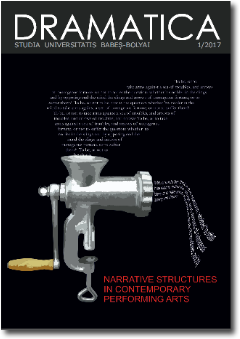
Book review: Iulia Popovici, Elefantul din cameră. Ghid despre teatrul independent din România, Cluj, Idea Design and Print, 2016
More...Keywords: Family company; the identity of a company; tolerance to novelty; rose garden company
Currently, the need to develop business is complex, from the creation of jobs, to implementing a framework of conduct and action of entrepreneurs on markets in general, the labor market in particular. Romania is a country whose strategic vision must become complementary and compatible with the development trends of the global economy on the one hand, and with internal realities, on the other hand. Given the accelerated growth in unemployment, an insufficient allocation of budgetary resources compared to the development needs of the economy, in this case the business environment to correct economic disparities in relation to the European Union in terms of development of business infrastructure, access to funding sources, the attitude towards the economic environment risk, competition, and a substantial decrease in the tax base caused by the instability of the economic environment and in particular the political, creating new jobs is really a utopia. In this context, entrepreneurship opens new locally development possibilities, where the community builds its own development strategy based on own resources and on identifying needs of community members. A small-scale entrepreneurship development is an example of good practice for other communities without necessarily being implemented on a macroeconomic scale (Bentoiu, Athu, Predonu, 2014). Entrepreneurship policy involves identifying development needs, creating a conceptual framework to support entrepreneurial ideas and their implementation in order to create jobs and sustainable development of the community.
More...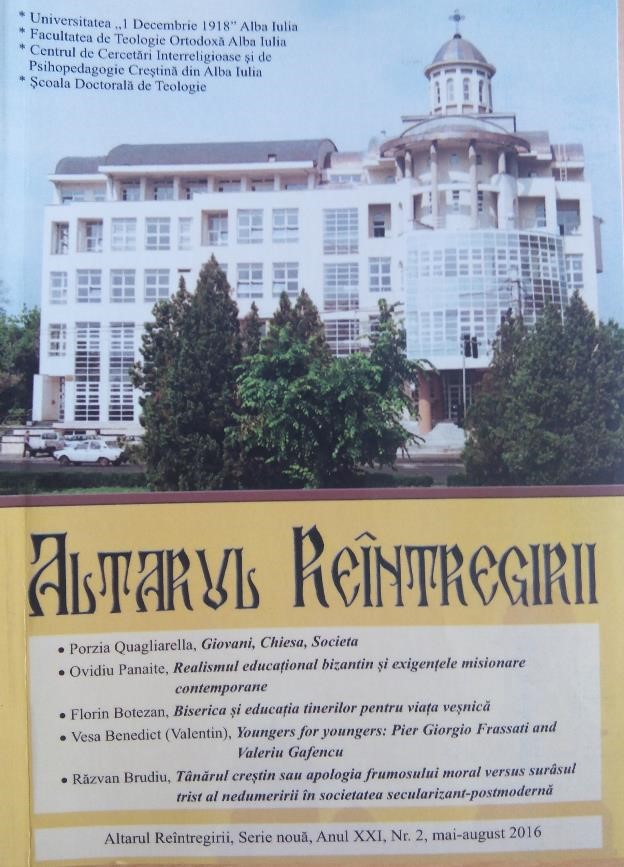
Keywords: Religious Education;Cristian Education;liberty;faith;conscience;school;Church;
The process of education cannot be anything but an initiative based on the principle of personal liberty of the educated person. In this context, we believe that the educational ideal can be understood in the perspective of the discovering and promotion of the real liberty of human people. Therefore, thereligious education not only that can theoretically confirm the principle of human liberty, but can also organize the entire process of human development through a free and perfect affirmation of human person. The recent paradigms in the process of education are centered on the diversity of opinion of the one that receives it and also the one that offers the educational formation. Moreover, the educational items can also imply a large diversity. However, even under these conditions, the religious educationconfirms that the educational pattern is of the utmost importance in any formative approach through the free will of the one that is educated. Obviously, the actual debates about the religious class brought into question many important aspects concerning the theory of education. Our study is dedicated tosome theological analyses regarding the personal liberty in relation to the effort the educational pattern of Christian becoming as a purpose of education.
More...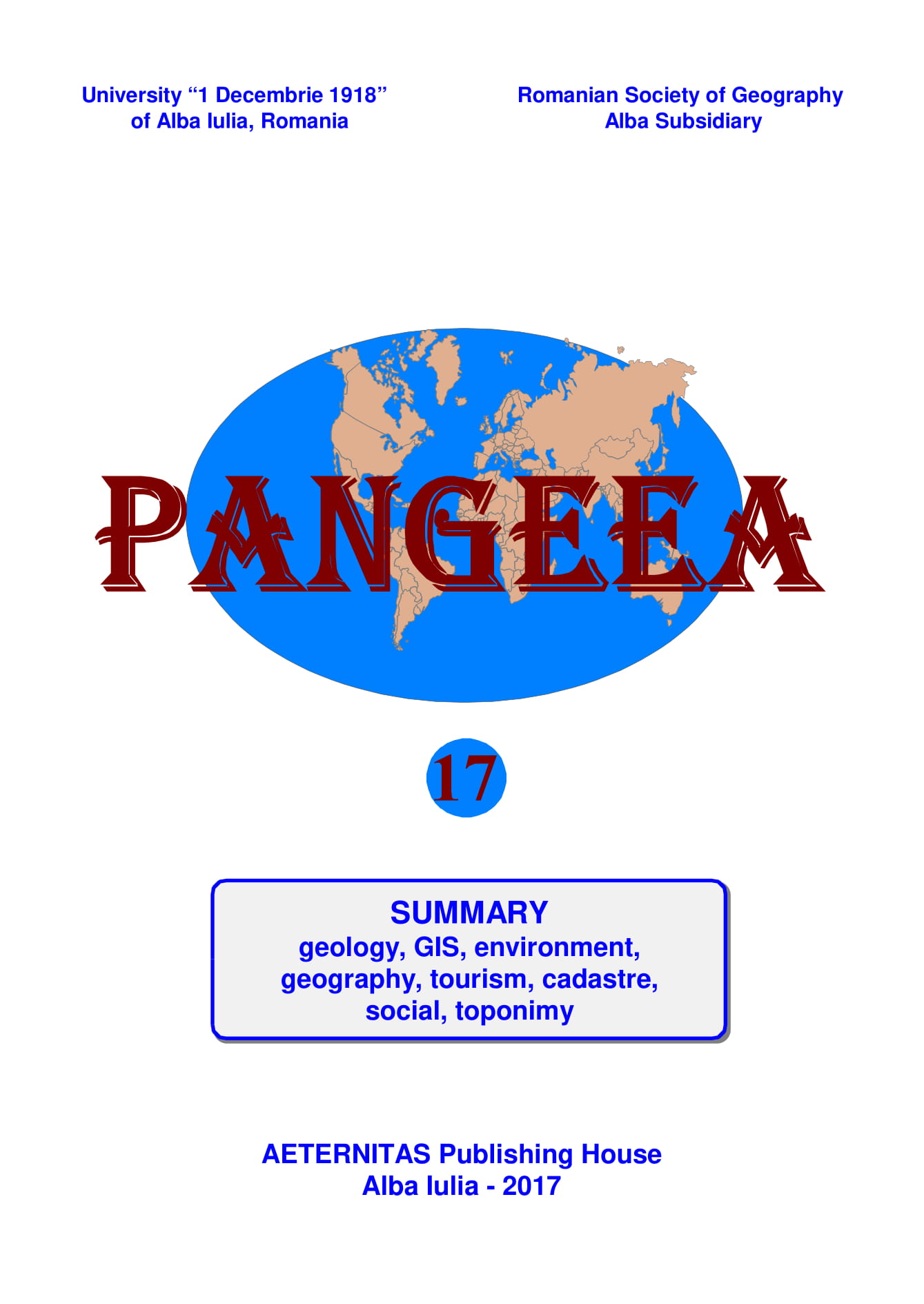
Keywords: students; information; counseling; young people;
University youth group that is prepared for the requirements of a companyalleged to evolve in a certain sense. We are dealing here with the theory essentiallyfunctionalist, which sees students as trained to reproduce values and norms of society.Many social problems facing young people have a high degree of complexity of thesupport to be given to them to meet them. Experts believe that it is time to develop somestandards of social work practice for teens and serve as a guide for social workers in whichthey fulfill multiple roles. Due to budget cuts, staff and resources, these standards representthe ideals of being conquered, and some agencies and social workers will be able to meetonly gradually.
More...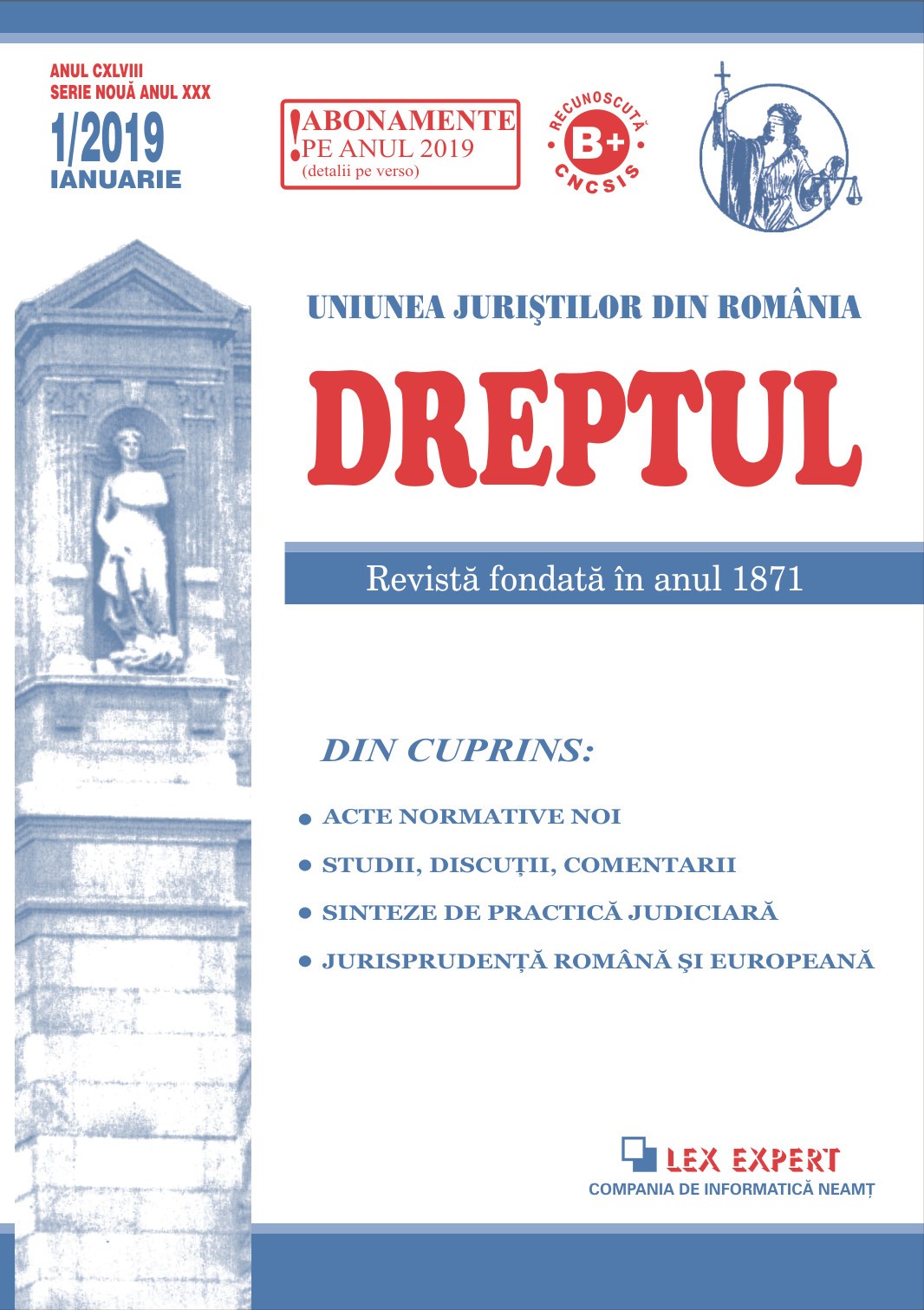
Keywords: public private partnership; system of financing of the project; road infrastructure; concessions; co-financing; private environment;
PPPs, structured under Project Finance Standards, form a system determined by a normative complex organized by subsystems and interacting and interdependent elements conditioned by a process of control and communication. This systematic nature has an effect on the legal configuration of the content of the PPP contract. It was shown that financing depends, on the one hand, on budgets that condition it and, on the other, it acts as a determinant of other elements of the system, so that there is a close relationship between the financing of the project and the challenge of contractual management. The correspondence between the components of the project finance system is of reciprocal conditioning and is determined by the communication between its parts.
More...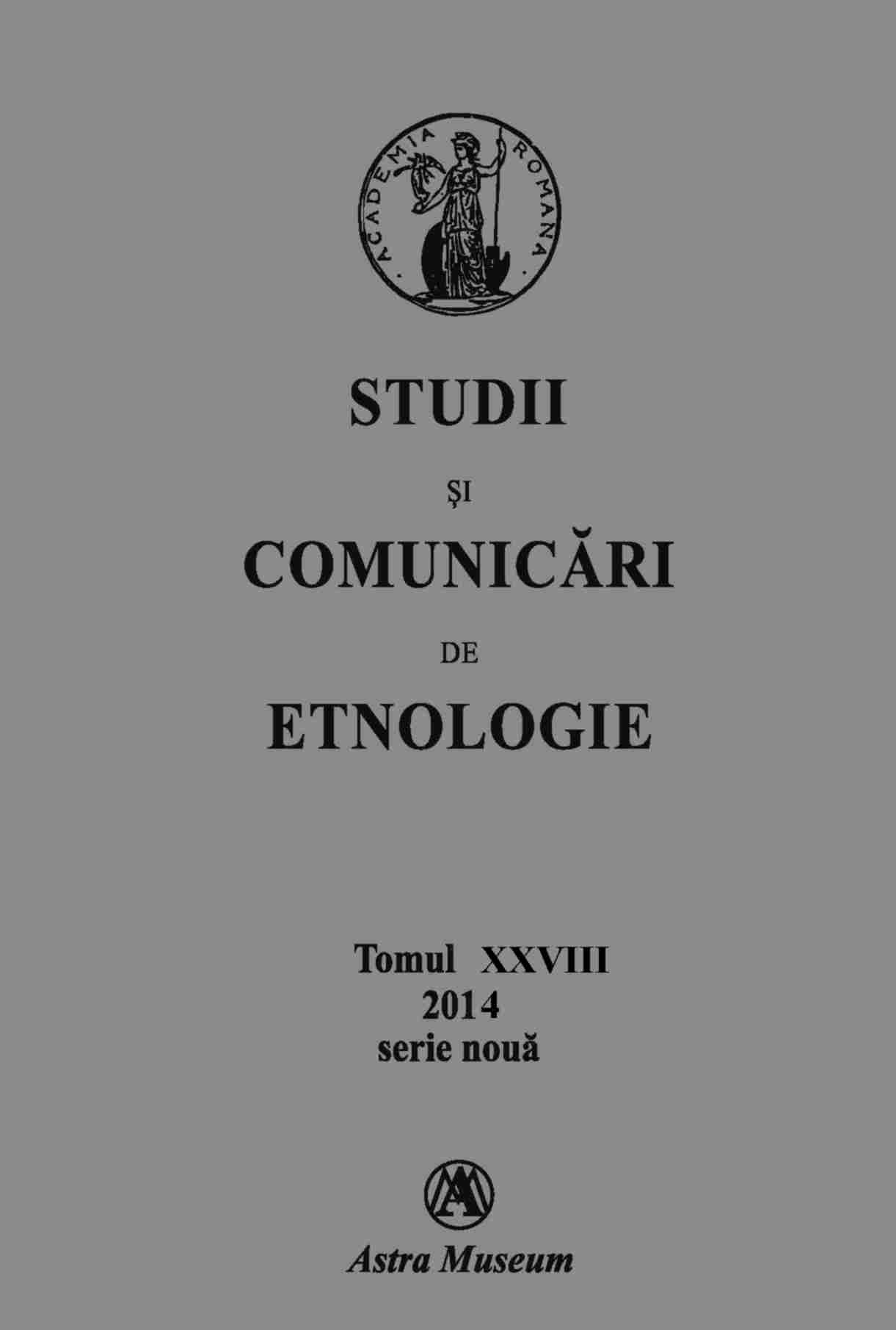
Keywords: the Romanian Ethnographic Atlas; maps; photographs; system of representation;
The fifth volume of A. E. R. (=„Atlasul Etnografic Român”, „The Romanian Ethnographic Atlas”) puts an end to the work of three generation of ethnographers, from the late Romulus Vuia, Romulus Vulcănescu, Paul Petrescu, Ion Vlăduţiu to the youngest researchers of the Institute of Ethnography and Folklore „Constantin Brăiloiu” of the Romanian Academy (e. g. dr. Emil Ţârcomnicu, dr. Lucian Aurelian David, dr. Ionuţ Semuc, Cătălin Alexa, drd. Laura Ioana Negulescu, dr. Adelina Dogaru, Cristina Mihală Douglas) who, alongside their older colleagues (e.g. Alina Ioana Ciobănel, Cornelia Belcin Pleşca, Paul Drogeanu, Ofelia Văduva et al.), directed by dr. Ion Ghinoiu, finished one of the most important work instruments of the Romanian ethnology – the Atlas. A masterpiece of scientific work, the AER deserves all our admiration and consideration.
More...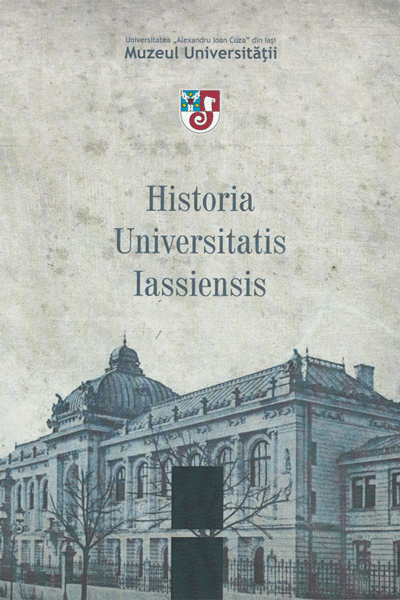
Keywords: Stejarul Station; University of Iași; applied research; bathyscaphe; Petru Jitariu;
The analysis of how the Station of Pângărați has developed over the years, at the intersection of the history of science and the history of academia, could be more than a topic of local interest. Being established and functioning in a period when the political priority was to highlight research that was immediately applicable to economy and to stimulate technical academic specialisations, the “Stejarul” Station fitted an organisational pattern that the communist regime multiplied at the national scale. Considering some sequential approaches in the Romanian historiography and the complexity of the theme, we would rather aim at reconstructing an institutional biography, anchored in a national context and including aspects related to organization and functionality, to structure and composition of the personnel and to a brief assessment of some research initiatives, in relation to the national and the international knowledge in the field. The 1948 “Reform of Education” had significant outcomes in the activity of “Alexandru Ioan Cuza” University of Iași as well. With the beginning of the 1950s, the heads of the institution drew “plans of scientific work”, whose fulfilment was carefully watched. The teaching staff had to direct their attention to issues “of interest for the development of the national economy” and to constructing a “new socialist culture”. The “relationship between theory and practice”, the approach of complex topics and of “large-scale issues” were indicated as strategic directions in the development of science. Starting from these lines, drawn by the central leadership of the party at the beginning of 1956, the University of Iași decided to create a station of biological research, meant to function within the framework of the institution of higher education. The station worked as part of the University until 1974, when it was transferred to the Centre of Biological Researches of Iași, which was affiliated to the Romanian Academy. In that period, the most important research project was to achieve the first underwater laboratory in Romania, aiming to investigate the aquatic life in the reservoirs on Bistrița Valley. The institutional history of this department of the University in Iași was related to the political decision-making process. Its establishment occurred in a context when technical and applicative fields were highlighted by the communist regime, in the detriment of the humanities. It was the result of connecting science and economic production, of relating higher education institutions to the imposed plans of strategic development. Its abolishing resulted from the decision of the central leadership of the party to merge the research units and to take them out from the universities’ umbrella. On the other hand, the “Stejarul” station fulfilled multiple functions, guaranteed an area for experiences and practice for the university teaching staff and students, and played major roles in the development of science and of innovating researches at the national level.
More...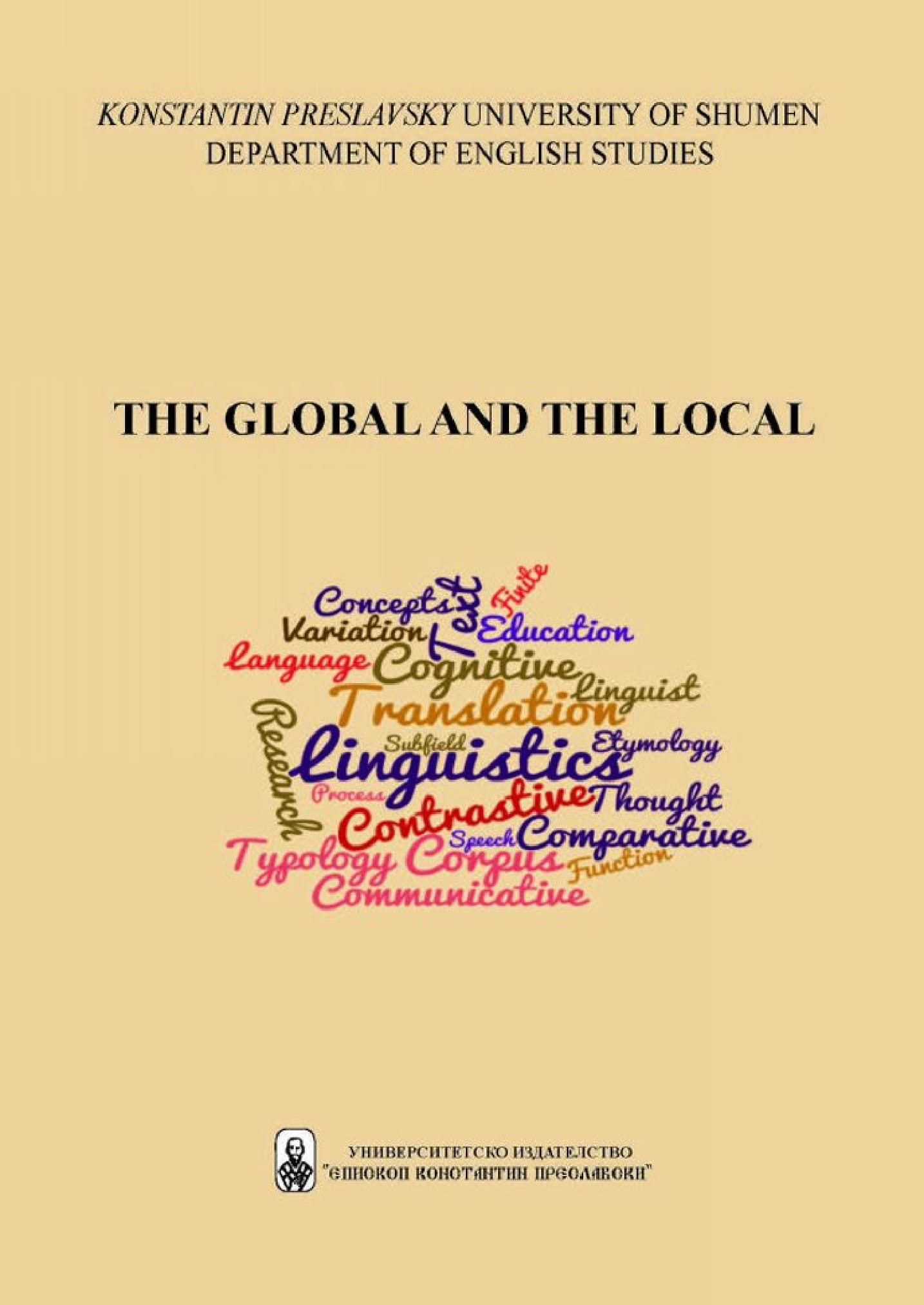
Keywords: cohesion, substitution; nominal substitute; presupposition; reference;
The article deals with the text-forming resource of substitution setting up a relationship between words, phrases and clauses .My main concern is to characterize the nominal substitute ‘same’, the environments it appears, scope of usage and function as a cohesive device. I apply the theory into practice by analyzing different examples, illustrating the text-forming nature of ‘same’.
More...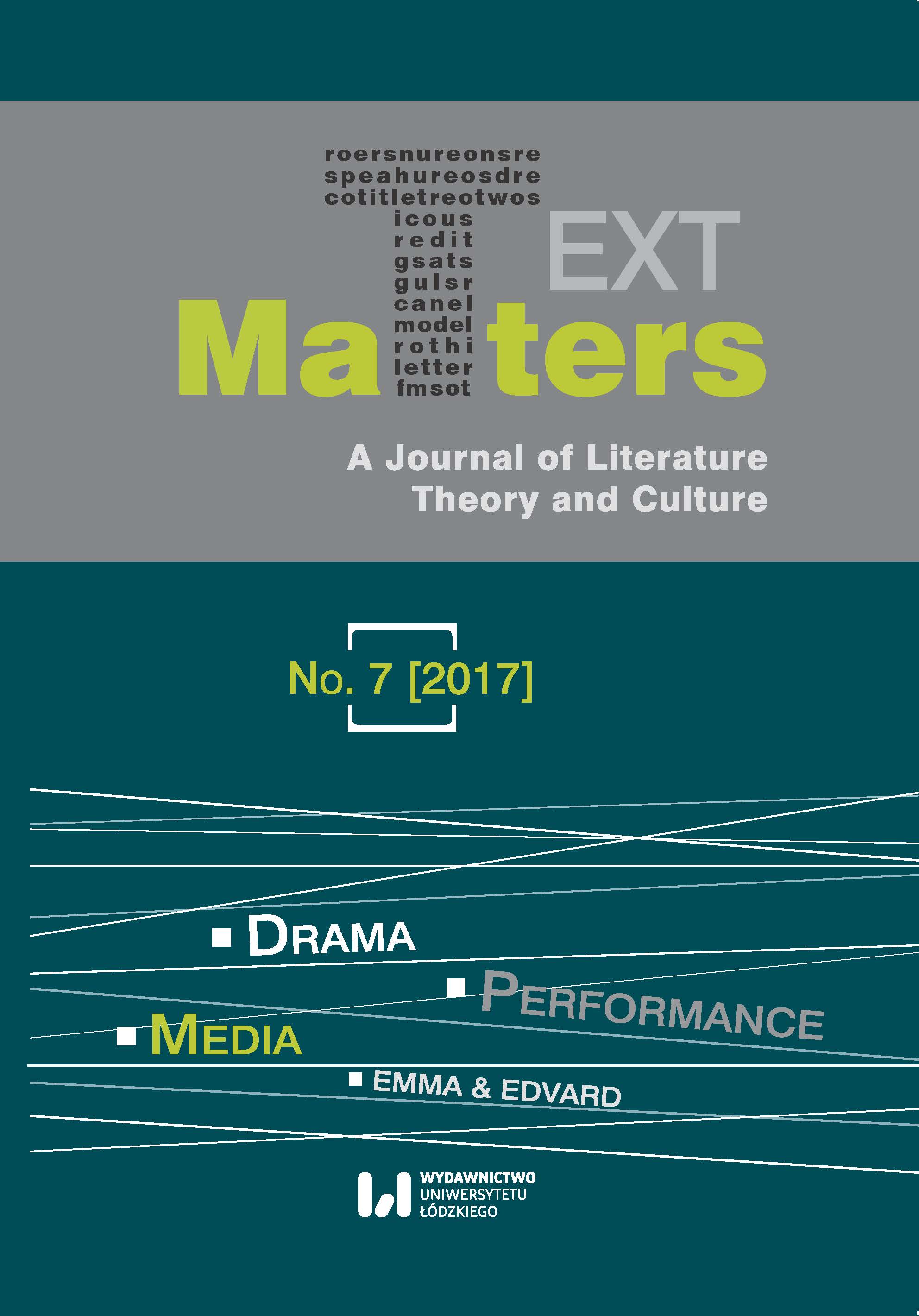
Keywords: Mister Pip; postcolonial; Mr. Watts; Great Expectations; Matilda
The article reflects on the therapeutic and ethical potential of literature, the theme which is often marginalized and overlooked by literary critics, in the novel Mister Pip by Lloyd Jones. Matilda, the main character of the analyzed novel, finds salvation in the times of war and oppression thanks to Charles Dickens’s masterpiece, Great Expectations, and the only white man on the island−her teacher, Mr. Watts. Matilda’s strong identification with Dickensian Pip (their similarities and differences) and imagination make her escape to another world, become a self-conscious person and reunite with her father. The paper also discusses relationships between Matilda, Mr. Watts (her spiritual guide and creator of her story, who presents the girl with expectations for a better future) and her mother, Dolores. I attempt to show the emotional development of the characters, their interactions, changes, sense of identity (significant for both Jones and Dickens), and, having analyzed their actions, I compare them to protagonists created by Charles Dickens (Pip, Miss Havisham, Estella). Needless to say, drawing the reader’s attention to British culture and traditions, Lloyd Jones avoids focusing on the negative aspects of the postcolonial views, pointing out that “the white man” can be an example of a Dickensian gentleman.
More...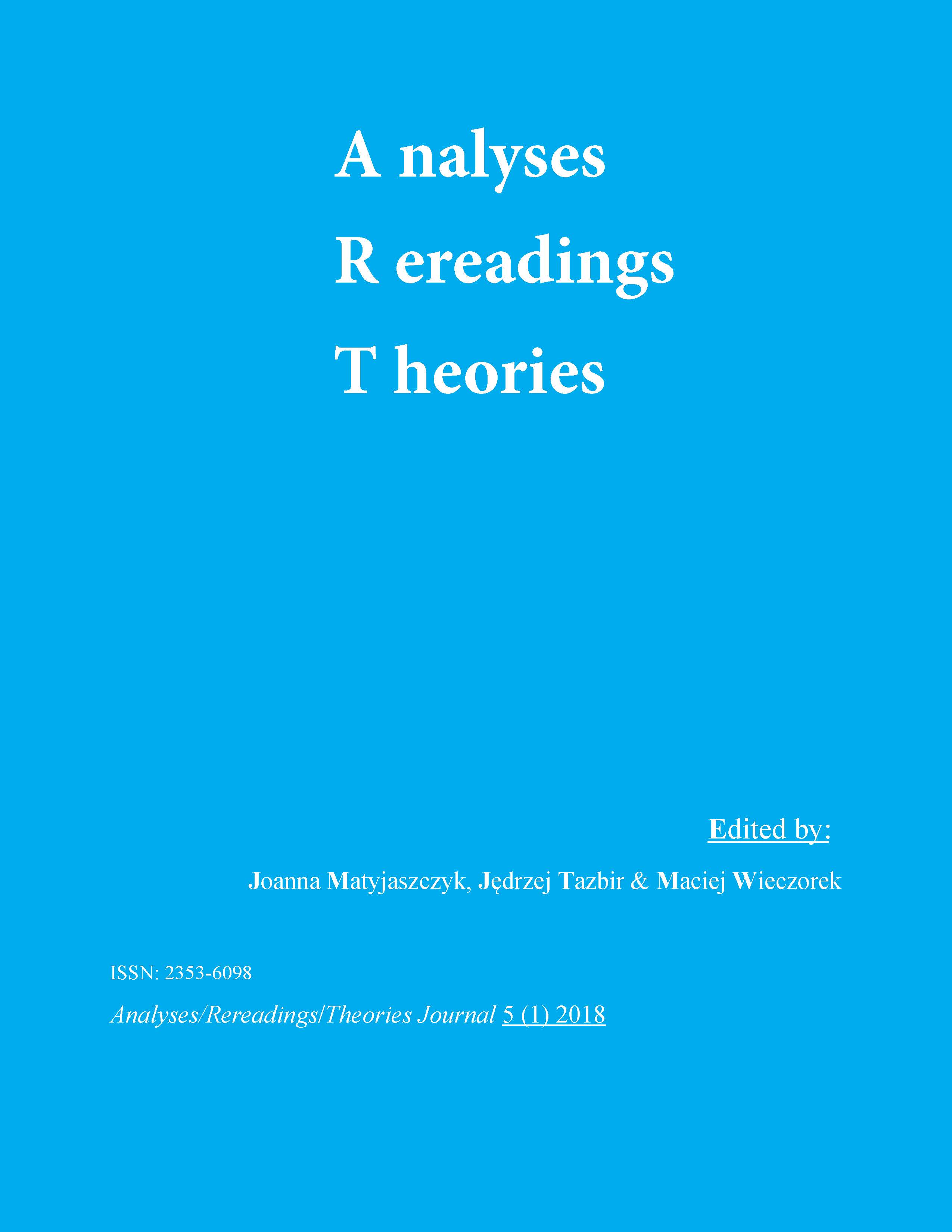
Keywords: Sarah Schulman; AIDS; queer; postmemory; witnessing literature
This article considers how Sarah Schulman in her novel Rat Bohemia and other works utilizes her intersectional position as a Jewish lesbian writer to bear witness to her experience of AIDS epidemic. It analyzes how Schulman represents family as an institution of power to hold it accountable for the spread of AIDS epidemic in the context of her postmemory of Holocaust. It deals also with mechanisms of alignment with power within the gay community itself. Finally, it focuses on the central symbol of rats in Rat Bohemia understood as an indexical sign of the obscene. All these issues are theorized in the context of the problem of witnessing as strategies to write a testimony that remains loyal to the community and the reality of a crisis event.
More...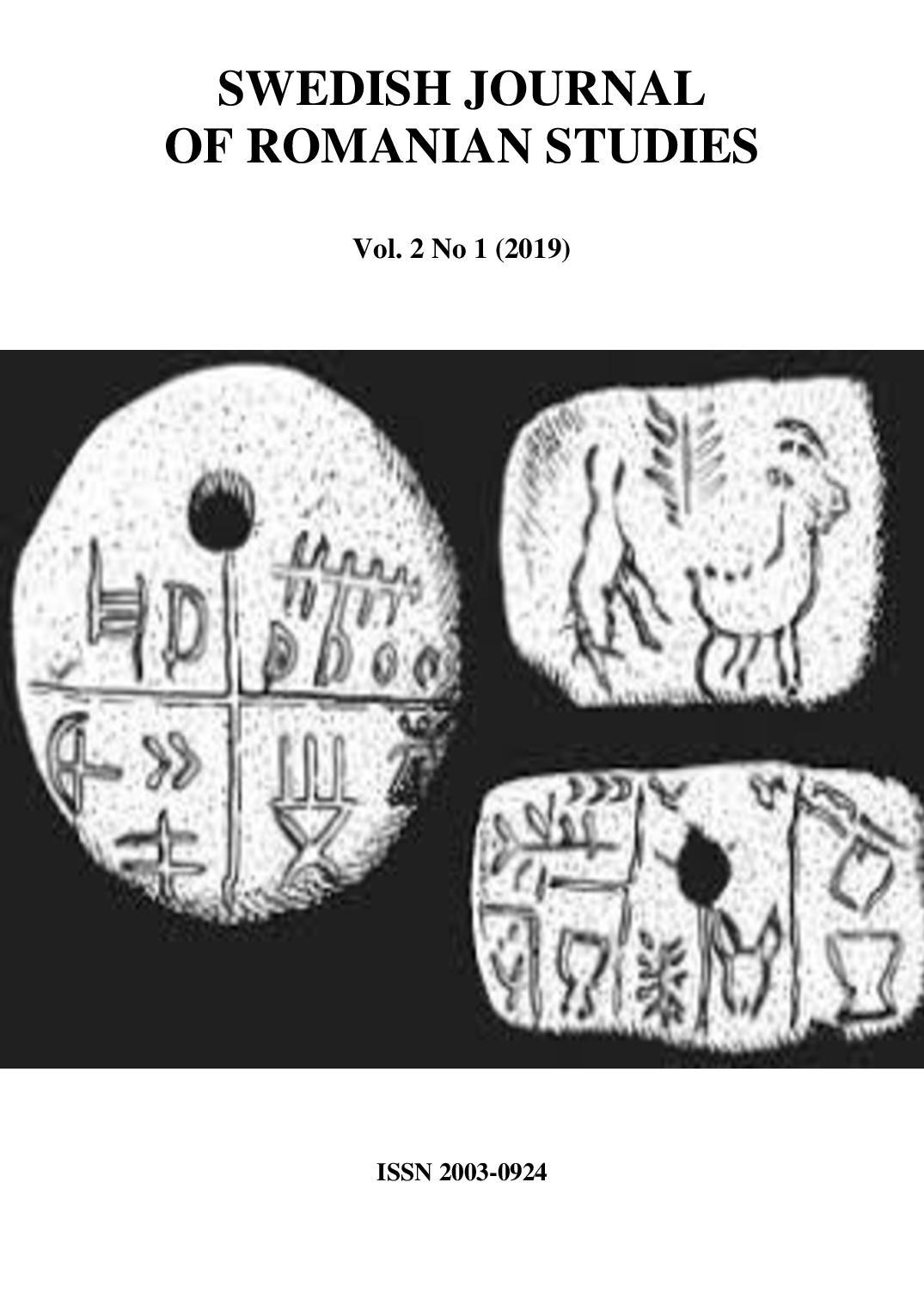
Keywords: literary magazine; Romanian exile; oblivion; restitutio; cultural activity;
A literary magazine having a distinct character among all Romanian publications is Antilethe. Its name remind us of the Lethe River (the river of oblivion in Greek mythology) because the main purpose of the founder – Mihaela Albu – together with the editorial board - is an act of restitutio. In short – to bring into attention of the contemporary readers the cultural activity of the Romanian intellectuals from exile. Each issue has a specific subject - Vintilă Horia (no. 1), Mircea Popescu (no. 2), Ștefan Baciu (no. 3) and Camilian Demetrescu (no. 4). Our presentation is mainly focused on the life and activity of the great artist Camilian Demetrescu.
More...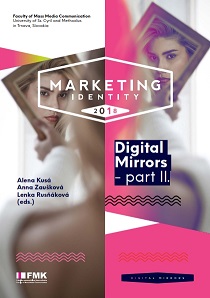
Keywords: Aesthetics; Digital Game; In-game Photography; New Media Art; Screenshot;
Photography has become an integral part of daily life for a huge part of the population with rising phenomena such as digital photography and social networks. In many ways, it is widely considered as an art. Creating still images with the camera plays a key role in numerous digital games as part of the narrative. Apart from being implemented in the digital games as the key element of the gameplay, it has also become an opportunity for players to explore open-world environments and create unique compositions of still images from their own perspective. In this paper we argue, that in-game photography could be seen as mixed media art, or even as a specific genre of photography.
More...Keywords: Comparative Information Technology; Languages; Societies and the Internet; Book Review;
Book details: Comparative Information Technology: Languages, Societies and the Internet. Joseph Zajda & Donna Gibbs. Springer Science + Business Media B.V. (2009) xvi + 170 pp. ISBN: 978-1-4020-9425-5 e-ISBN: 978-1-4020-9426-2 DOI: 10.1007/978-1-4020-9426-2. Reviewed by Nermin Punar.
More...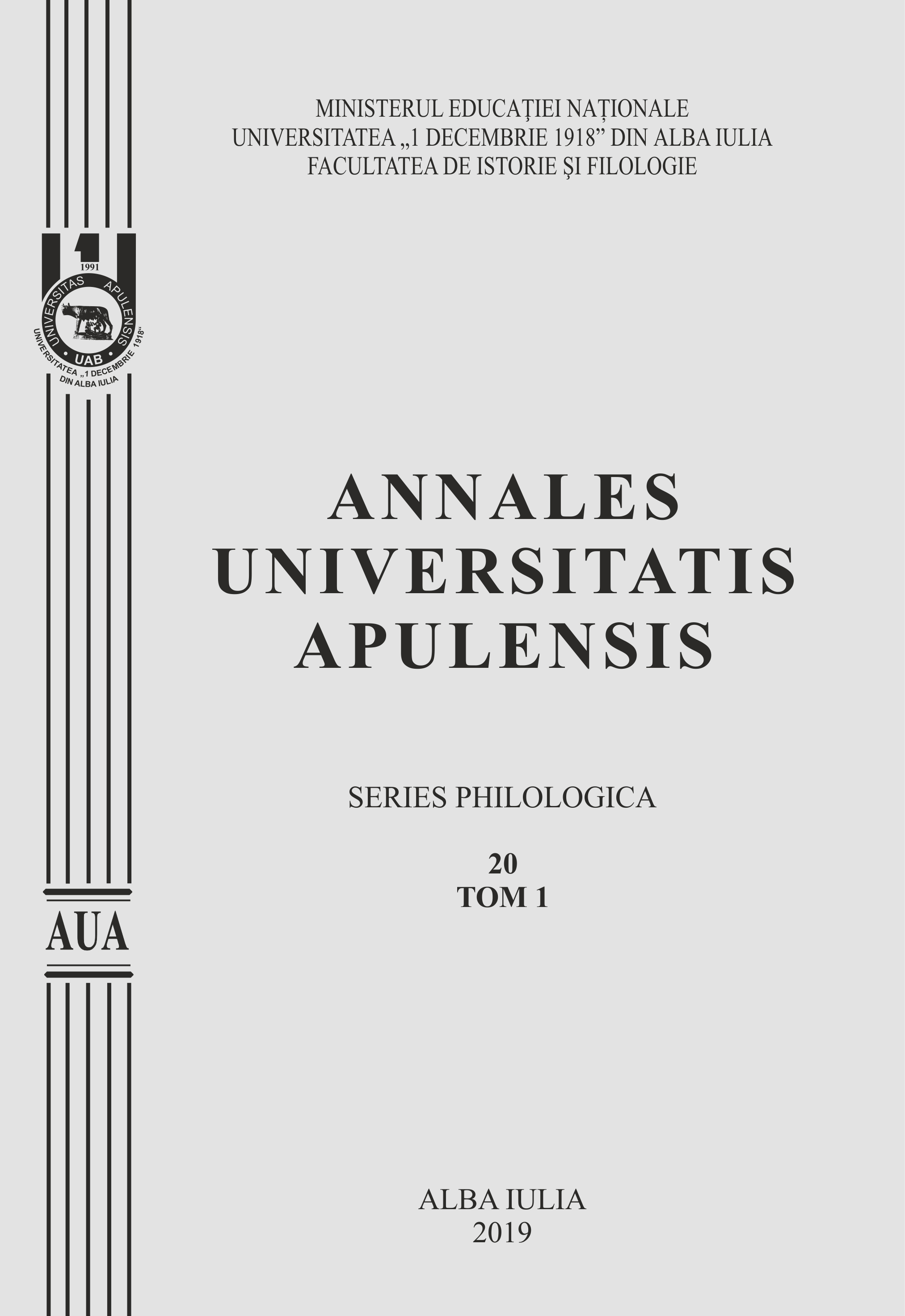
Keywords: theatre; parable; exile; totalitarianism; dissident literature; L.M. Arcade; Marin Sorescu;
The meeting point between the Romanian playwrights L. M. Arcade and M. Sorescu seems to have been, just as it happened with other creative voices, the Literary Circle of Neuilly, which ‘became not only a gathering point for the exiled writers, but also a starting point for many new comers. Above all, the circle enabled the contact between the visiting writers from Romania with those in exile, this way being a unique meeting place. Thus, during their visits in Paris, writers such as Marin Preda, ȘtefanBănulescu, Marin Sorescu, Ana Blandiana, Ion Caraion or DumitruȚepeneag, but also scholars such as AlexandruPaleologu, PetruComarnescu, Cornel Regman or NicolaeManolescu showed up rather conspiringly for lectures or read their own writings.’ (Eva Behring). The meeting of the two writers who were on the two sides of the official border can also be noticed at a deeper level of the two texts we shall refer to in our paper (ScrisorileluiCondurică [Condurică’s Letters] andDesfacereagunoaielor [Garbage Sales]), in the network of intentions and ideas which could produce what we call ‘dissident literature’. The two theatre plays we have in mind share the same allusive style, the criticism as towards the ruling system, the message more or less in disguise to the readers who were used to the realities of the Communist regime, the faulty communication between and amongst people, the irony and sarcasm, the comic in monstrous forms. The realities registered by the replies of most of the characters have the most complex shapes: from tragic to comic, through grotesque, from clear ideas to ideas in disguise (intertextually). The reading key requires deciphering several parables or allegories. Put together, the two plays seem to complete each other as if they were one, both sharing a core of life sequences lived in Communism.
More...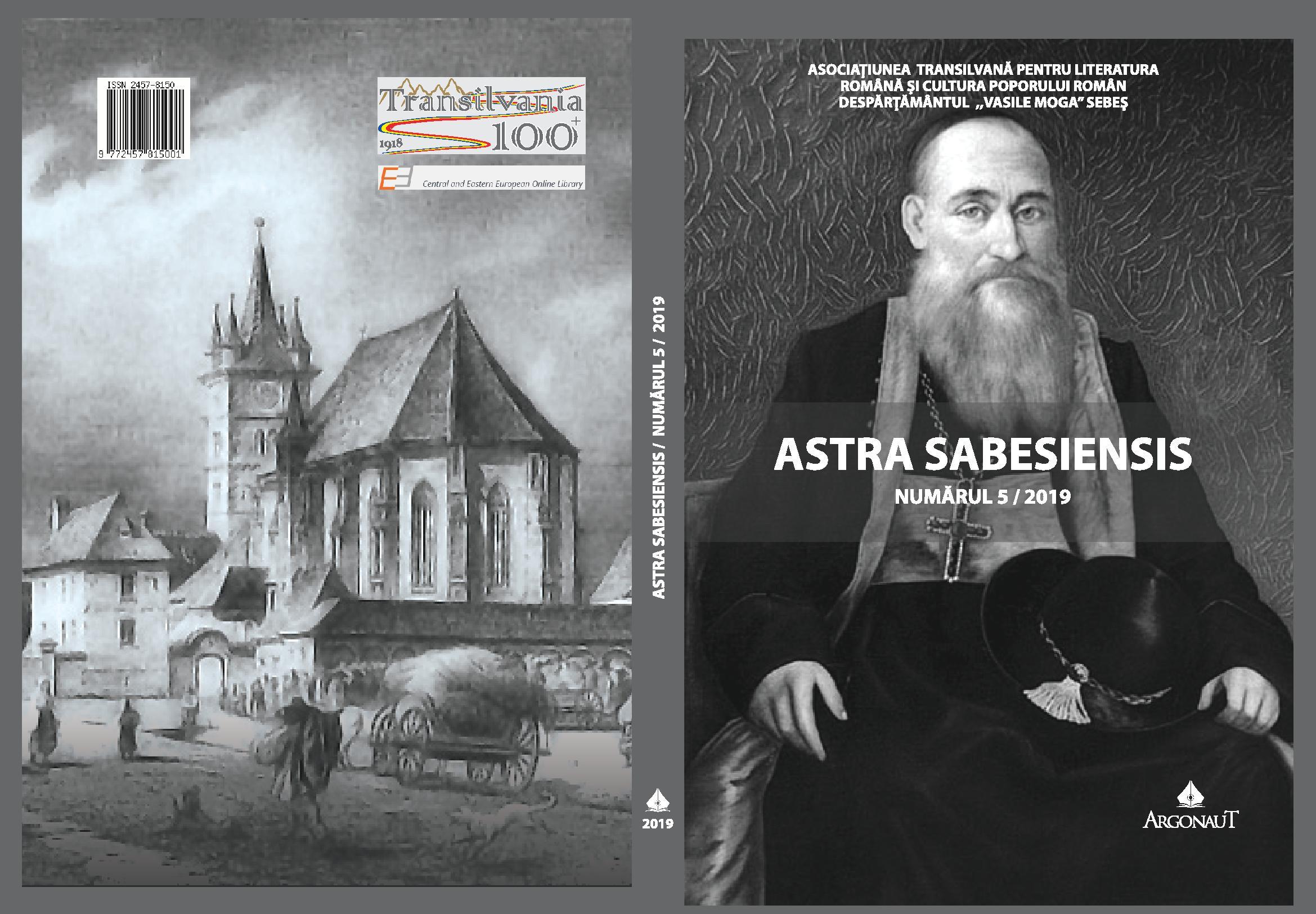
Keywords: Rodica Groza; Greta Monica Miron; Mihai-Octavian Groza; Elena Damian; Sebeş; Romania 100;
This is a book review of:Rodica Groza, Mihai-Octavian Groza, Elena Damian, Dicţionar: 100 de personalităţi sebeşene, Cluj-Napoca, Editura Argonaut, 2018, 128 p.
More...